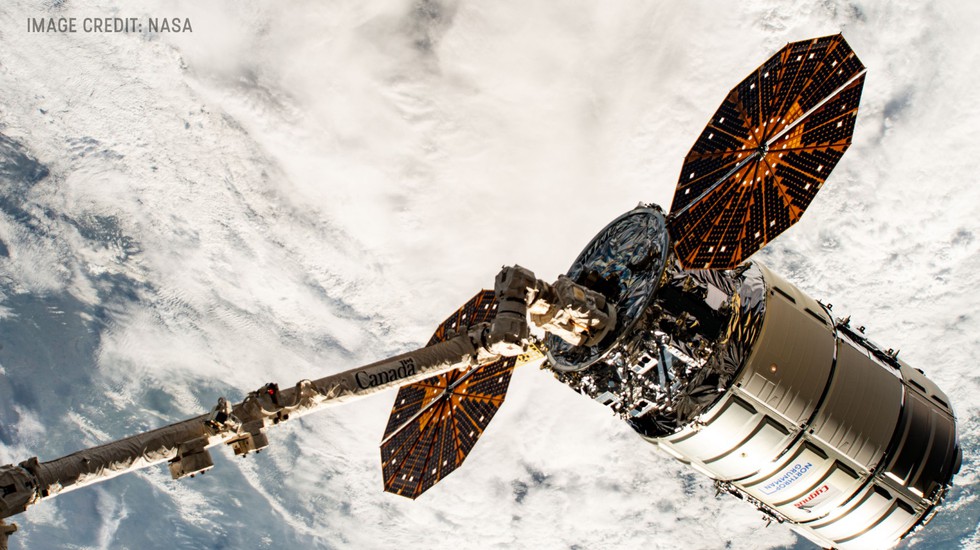About Binar Space Program:
- It is a satellite research program operating out of Curtin University.
- It aims to advance our understanding of the Solar System and lower the barrier for operating in space.
- The program began operations with its first satellite, Binar-1, in September 2021. This was less than a year into solar cycle 25 when solar activity was relatively low.
- In these conditions, the ten-centimetre cube satellite started at an altitude of 420 km and survived a full 364 days in orbit.
- The program’s follow-up mission – Binar-2, 3, and 4 – were three equally sized CubeSats. However, they were expected to last approximately six months owing to the extra surface area from new deployable solar arrays and a forecast increase in solar activity.
- As the Sun kicked into high gear, these three satellites burned up in the atmosphere much sooner than expected.
What is solar activity?
- It includes phenomena such as sunspots, solar flares and solar wind – the stream of charged particles that flows toward Earth.
- This activity is a product of the Sun’s ever-changing magnetic field, and approximately every 11 years, it completely flips. At the midpoint of this cycle, solar activity is at its highest.
- In the last few months, indicators of solar activity were more than one and a half times higher than predictions for this point in the current cycle, labelled solar cycle 25.
- Impacts:
- Higher solar activity means more solar flares and stronger solar wind – resulting in a higher flux of charged particles that can damage or disrupt electrical components on satellites.
- It also means an increase in ionising radiation, resulting in a higher dose for astronauts and pilots, and potential disruptions to long-distance radio communications.
- But for satellites in low Earth orbit, the most consistent effect of solar activity is that the extra energy gets absorbed into the outer atmosphere, causing it to balloon outward.
- As a result, all satellites less than 1,000 km from Earth experience a significant increase in atmospheric drag (This is a force that disrupts their orbit and causes them to fall towards the planet’s surface).
- Notable satellites in this region include the International Space Station and the Starlink constellation. These satellites have thrusters to counteract this effect, but these corrections can be expensive.
What is Space weather?
- Space weather refers to the environmental effects that originate from outside our atmosphere (mostly the Sun). It affects us on Earth in a variety of noticeable and unnoticeable ways.
- Space weather, and solar activity in particular, also creates additional challenges for satellites and satellite operators.
